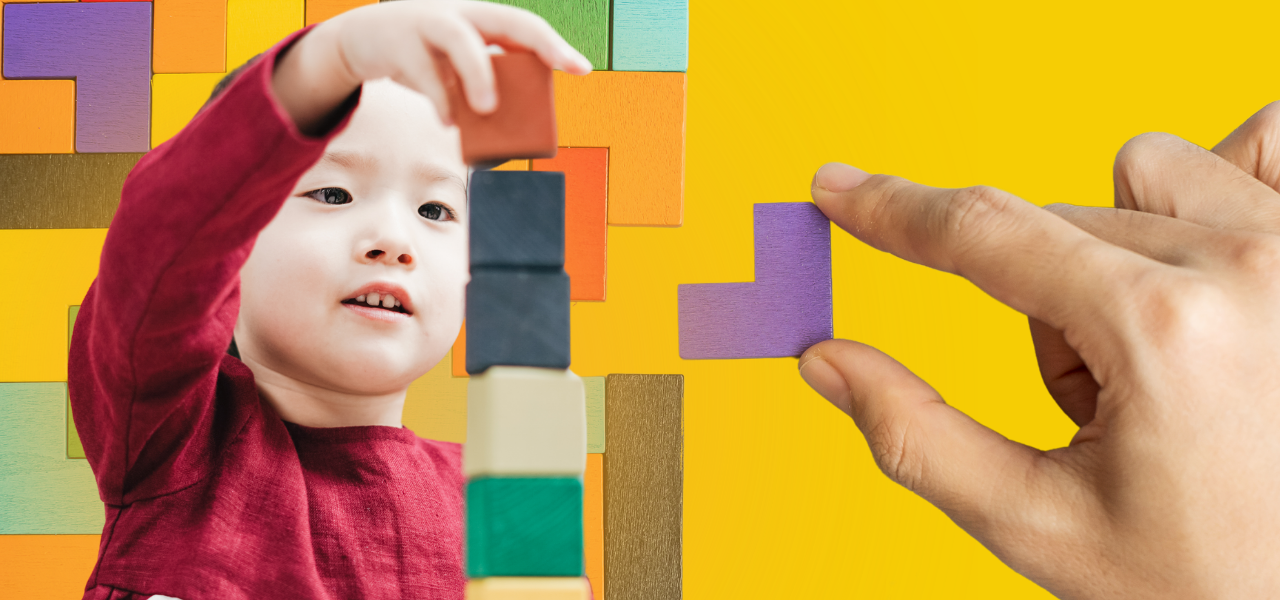Geometric Puzzles for Children and Adults
This material is suitable not only for children of middle and senior school age but also for adults. Any puzzles help develop spatial imagination, quick thinking, and ingenuity. These are tricky tasks that require out-of-the-box thinking. By constructing geometric patterns, children enhance their mental flexibility and improve their attention span. Puzzles are often called “brain workouts” because they activate all sensory systems. Importantly, when playing with puzzles, children with visual impairments engage compensatory mechanisms that facilitate various types of activities. In these sessions, we train the child’s sensory organs, as children with vision impairments do not receive enough information about the world around them. Through puzzle games, we aim to activate the motor, auditory, and tactile channels. By developing tactile-kinesthetic sensitivity, children can determine the properties of objects that are visually accessible. Motor sensitivity is directly linked to tactile sensitivity, forming the sense of touch. Touch does not develop spontaneously; it requires regular practice to develop this skill. Tactile perception is connected to hand movements. Puzzle games with three-dimensional geometric shapes help children master fine motor skills and develop coordination (hand-eye coordination). Assembling figures from small geometric elements promotes the development of touch and fine motor skills.

Tiling the Surface with Elements: Children are tasked with assembling a geometric pattern using 12 colorful elements with protrusions, placing them on a surface in such a way that all pieces lie flat. While working on this puzzle, children’s brains are active, while their bodies rest. Children use touch to explore the puzzle pieces, learning tactile exploration techniques. The puzzle’s small, textured details stimulate nerve endings in the fingers, calming children by engaging the palm’s nerve centers. During sessions, we help children develop practical skills. Alongside the development of tactile sensitivity and fine motor skills, playing with geometric puzzles also enhances speech, imagination, and thinking. There may be multiple solutions to this puzzle, requiring a fresh perspective at times. The challenge is to ensure no empty space is left on the playing field. The puzzle promotes spatial thinking and helps relax the child. Through play, children learn something new. The process of solving puzzles brings satisfaction and enjoyment to both children and adults. If a child successfully assembles the desired picture, completing the task becomes a joyful achievement. The best way to understand the world is by piecing together its parts into a single puzzle. By playing a simple game, cognitive skills are developed. Children learn problem-solving, as the main goal of a puzzle is to figure out where each piece fits in the overall picture.
Building a Pyramid from Puzzle Pieces: We teach children patience. To solve a puzzle, many steps must be taken, and sometimes multiple attempts are required to reach the solution. You can’t skip any steps when constructing a pyramid, as it will prevent the desired result. In the first task, children worked with a flat surface, while in the second task, they deal with three-dimensional space. Careful thought is needed to place the puzzle pieces in such a way as to form a 3D shape. Building a pyramid requires concentration, and it’s much more fun to do it while solving a puzzle.
Find out how puzzle games with broken lines and polygons make geometry exciting—check our blog.
